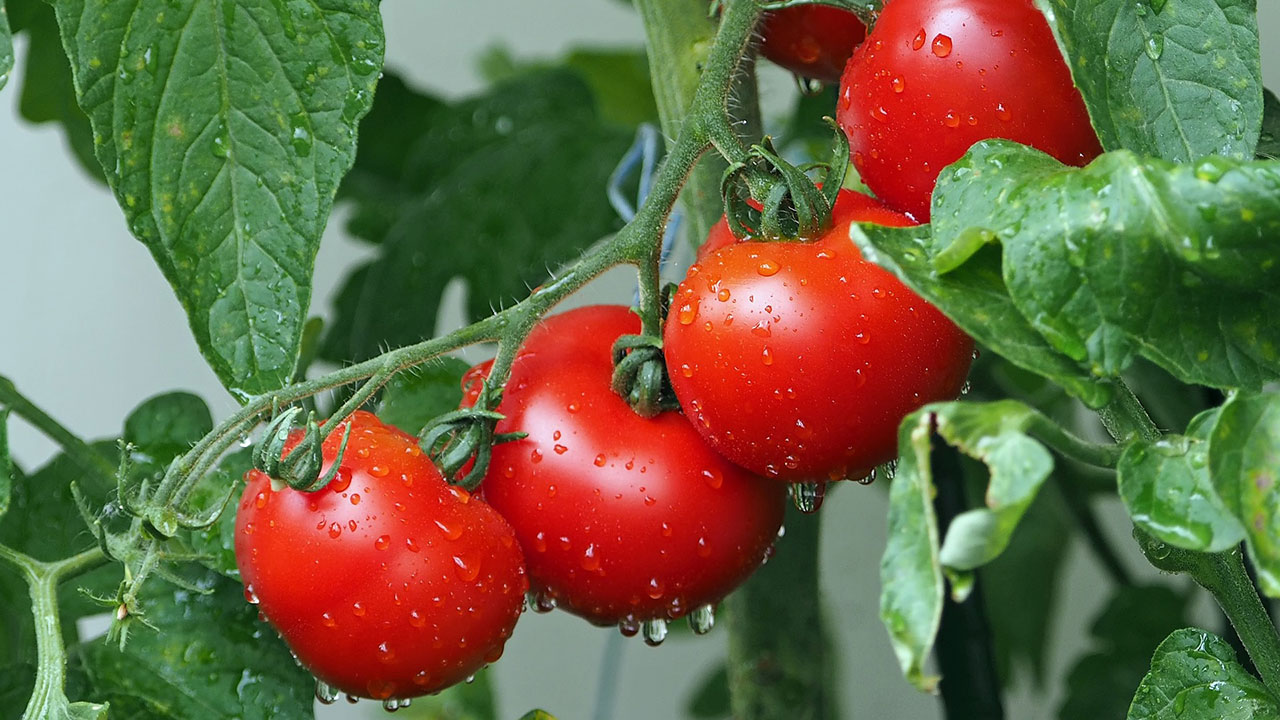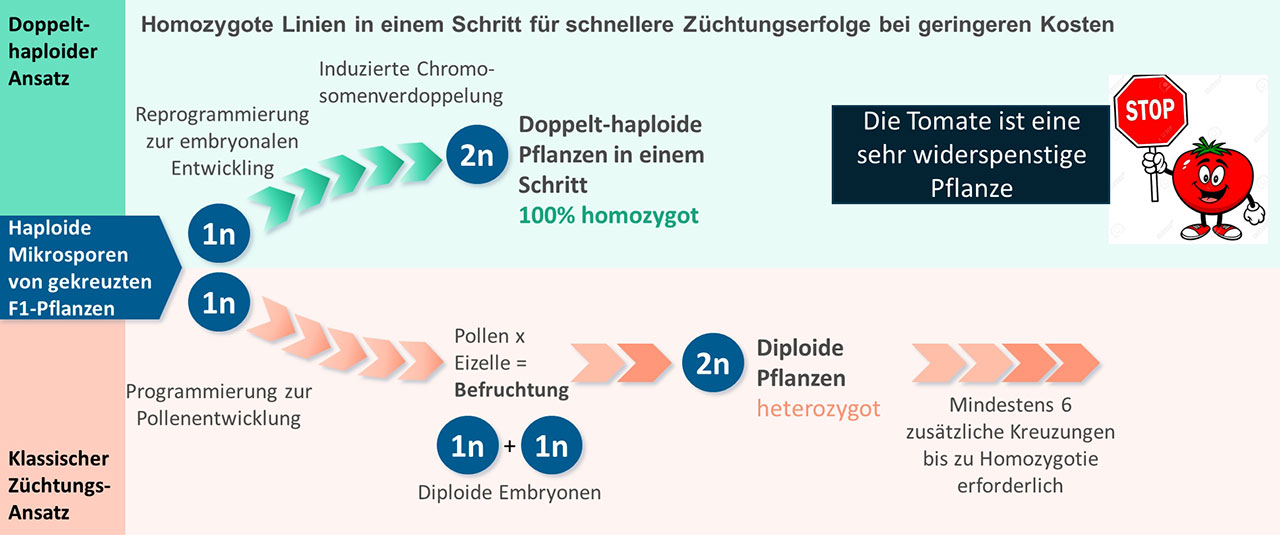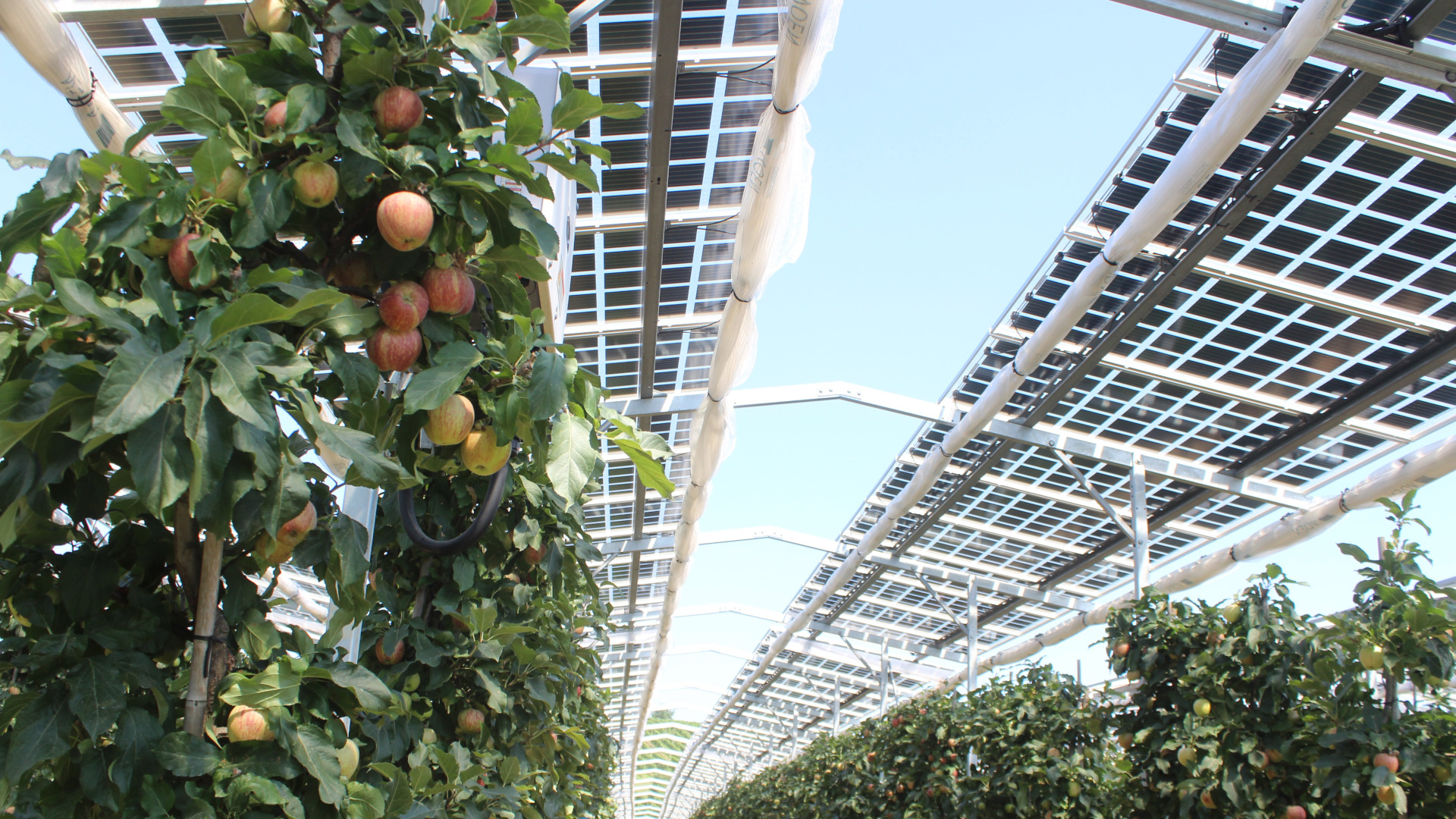
The domestication of crops is one of the greatest technological revolutions in human history. Humans have domesticated only about 250 out of the total 374,000 plant species in the world. Around 20 of these are currently used for large-scale agricultural production.
15 years to develop a new variety
Many desirable traits, such as high yield, resistance to pathogens, synchronized harvest times, high starch, protein, or sugar content, and good field storage capacity, must be combined in a single variety. Breeders achieve this by crossing multiple parent plants, each exhibiting the desired traits. After further crossing steps, new lines emerge that combine positive traits, although some beneficial traits of wild plants—such as pest resistance—may be lost. Numerous additional steps and a very time- and labor-intensive process are required before a new variety can be registered, which can take up to 15 years.
“How can this process be accelerated in light of the dramatically advancing climate change?” asks Klaus Palme, CSO of ScreenSYS GmbH, a spin-off from the University of Freiburg. Plant breeding is complex: Genome segments responsible for adapting to specific weather conditions determine plant height, flowering time, fruit size, and yield. These traits are often not determined by a single gene but by many genes, which individually may have only a small effect but collectively play a significant role in trait expression.
Stable traits require pure lines
To obtain genetically stable plants, purity is desired in all these trait-determining genes, ensuring that the offspring are genetically identical and do not segregate further. Achieving such lines through Mendelian segregation requires labor-intensive repetitive rounds of self-pollination and selection over many generations. While the effort involved in breeding for the purity of a single gene is manageable, it increases significantly with the number of genes involved in the phenotype. “With just six trait-determining genes, 46—or 4,096—offspring would need to be screened after self-crossing to obtain at least one plant with the desired traits,” explains Palme.
Project info
The project „Tomaitech – Entwicklung einer innovativen, auf künstlicher Intelligenz basierenden Technologie zur effizienten Herstellung von Embryonen aus Mikrosporen bei der Tomate“ (Development of an Innovative AI-Based Technology for the Efficient Production of Embryos from Microspores in Tomatoes) has been funded by the Federal Ministry of Education and Research with approximately 600,000 euros through the "Bioeconomy International" funding program from January 2021 to June 2024. China was the partner country in this project.
A method that can produce a pure line from the primary cross in just one generation is called in vivo haploid induction. This procedure first eliminates a set of chromosomes through the natural process of gamete formation. This occurs during meiosis when precursor pollen cells, known as microspores, are formed. After a subsequent doubling of the single set of chromosomes and regeneration of a complete plant from the microspores, a completely homozygous, double haploid (DH) plant is produced. Breeders now only need 26 of the offspring, or 64, to find a plant with the desired phenotype. This drastically shortens the development time for a genetically stable plant variety.
Faster method works only for a few crop species
However, there is a problem that Palme points out: “For many crop species, the microspores are stubborn—referred to as ‘recalcitrant’—so this method does not work there.” Plants typically produce microspores in large numbers. These cells, formed directly after meiosis, are developmentally considered pluripotent stem cells that usually further differentiate into pollen. Embryonic development is not part of the pollen's developmental program. “Thus, it is not surprising that double haploid plants can only form from microspores under very rare and often detrimental conditions for embryonic development,” Palme notes.
“If the recalcitrance of microspores could be overcome, thousands of genetically different but homozygous plants could be produced for breeding, and their desired traits could be investigated through DNA sequencing and molecular characterization within the first generation,” describes Palme the idea behind the Tomaitech research project. The question arises: How can microspores be reprogrammed so that they deviate from their original developmental program and reproducibly form embryos and subsequently plants?
Chemical reprogramming inspired by medicine
The ScreenSYS team drew on experiences from the medical field, where it has been possible to manipulate the identity of cells through reprogramming with chemical regulators, allowing the generation of desired cell types without extensive transgenic manipulation steps. The ScreenSYS team has developed a unique analysis pipeline based on high-throughput microscopy and artificial intelligence. With the help of this analysis pipeline, the chemical reprogramming of microspores can be monitored. From large chemical libraries with over 250,000 compounds, small chemical molecules capable of triggering a reprogramming of the fate of microspores have been isolated through extensive high-throughput screening. “This is a breakthrough and should be considered a leap innovation for further developments in stem cell biology,” Palme expresses his excitement.

In the Tomaitech research project, the focus was on the question: Can tomatoes or other nightshade plants from the Solanaceae family, such as potatoes, be used for the DH technique? To answer this, the analytical pipeline was further expanded and additionally developed for the formulation of defined chemical cocktails.
In vivo haploid Iinduction established intomatoes
Initially, microspores are isolated from immature buds. The development from microspores to DH plants begins with the induction of the first cell division, a crucial initial step for success. This is followed by cell proliferation, formation of multicellular structures, genome doubling, and the generation of in vitro plantlets. The project team has made significant progress in the chemical reprogramming of tomato microspore cells towards cell division and continues to build on these foundational results to create DH plants. In this process, the team has identified and targeted new genes involved in the formation of DH plants in tomatoes.
The work of ScreenSYS has been complemented by results from the Chinese project partner Chuanyou Li and his team regarding wound regeneration in plants. Plants are frequently wounded by herbivores and weather impacts, developing a regenerative capability to heal damage. Until now, the wound signal that triggers these regeneration responses was unknown. By characterizing a tomato mutant that is defective in both wound-induced defense and regeneration, the team has isolated the peptide REGENERATION FACTOR1 (REF1), which acts as a local wound signal. It is transmitted through the receptor PORK1, which receives and forwards the REF1 signal for plant regeneration.
Transfer of knowledge to potato breeding planned
The project participants have thus developed a method that increases the regeneration efficiency of recalcitrant tomato plants. “These results should be transferred to other plants in the future, such as the economically important potato, for which even longer breeding times are required due to an even higher number of chromosome sets,” Palme indicates. Through DH induction using chemicals, a significant acceleration of development could thus be achieved. However, many scientific hurdles remain to be overcome, and detail problems need to be resolved.
Author: Björn Lohmann


